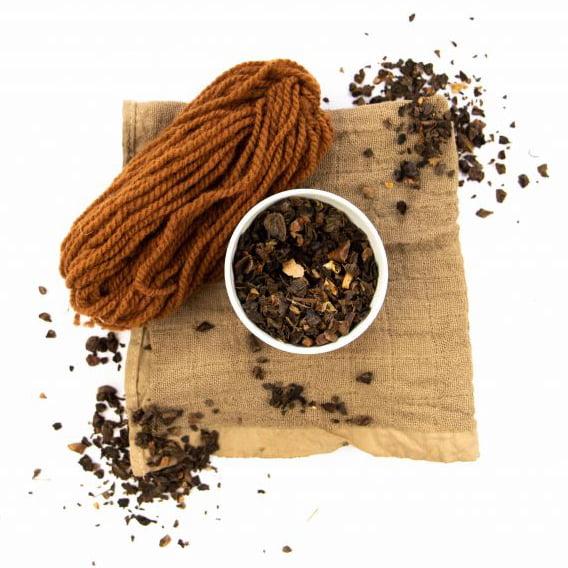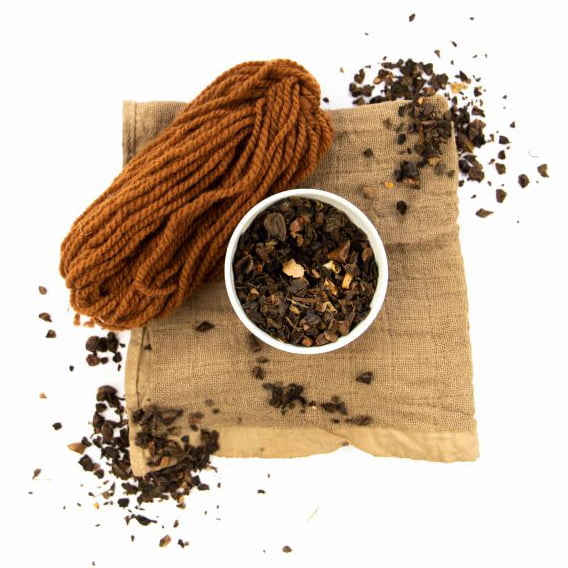Kremer Natural dye WALNUT hull 100g
SKU: 37300

Kremer Natural dye WALNUT hull 100g
SKU: 37300
- Walnut hulls are the outer green shells of walnuts.
- In addition to the plant’s young green leaves, its bark, and roots, especially the outer walnut hulls have been used as dye for coloring textiles and skin for a long time.
- Two species of walnut in particular are noted as historical sources of dyestuffs: The common walnut (also English walnut), Juglans regia L., and the Eastern black walnut, Juglans nigra L. Both belong to the family of the Juglandaceae.
- The principal coloring matters pyrogallol and hydro juglone are found in the outer green walnut shells.
- In an alkaline solution, pyrogallol oxidizes to a brown dye. Hydro juglone, which is mostly found in the dry shells, oxidizes to the generic compound juglone after contact with air.
- In addition to these naphthochinone dyes, walnut shells also contain tannins.
- Since ancient times, walnut hulls have been used to dye wool and other fabric.
- Dried darkbrown hulls make beautiful deep brown hues, while fresh hulls should be soaked in water for 24 hours to increase the amount of the coloring agent juglone.
Regular price
€692
€6,92
/
- In stock, ready to ship
- Backordered, shipping soon


